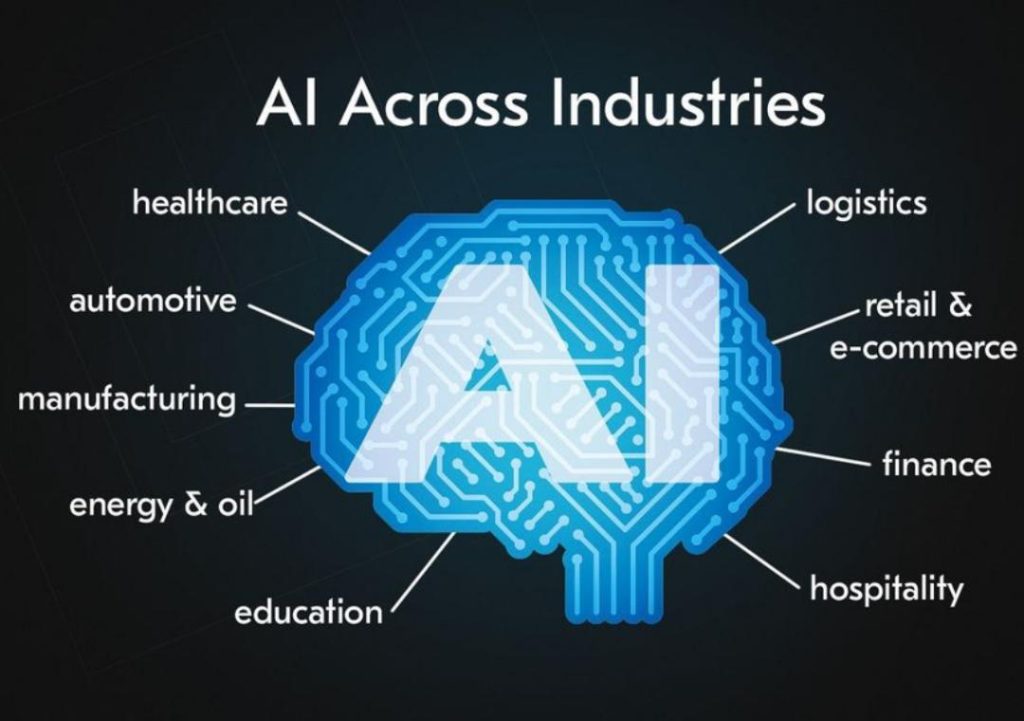
What Problems Can AI Solve Across Industries in 2025?
As we approach 2025, Artificial Intelligence (AI) is no longer a novel concept or an experimental technology. It has evolved to become a crucial tool for businesses across various industries, solving complex problems and driving tangible results. From predicting demand to optimizing hiring processes, AI is revolutionizing the way companies operate and make decisions.
In this blog post, we’ll delve into the real-world applications of AI across industries, highlighting the problems it can solve, and the measurable outcomes achieved by companies that have successfully implemented AI solutions.
Retail: Predicting Demand and Optimizing Inventory
In the retail industry, AI-powered demand forecasting can help businesses predict customer demand more accurately, reducing stockouts and overstocking. For instance, a leading fashion retailer implemented an AI-driven demand forecasting system, resulting in a 15% reduction in stockouts and a 12% decrease in overstocking (Source: McKinsey).
AI can also optimize inventory levels by analyzing sales data, weather forecasts, and other factors to determine the most profitable inventory levels. A study by Retail Systems Research found that AI-powered inventory optimization can lead to a 10% reduction in inventory costs and a 5% increase in sales (Source: Retail Systems Research).
Logistics: Automating Quality Checks and Route Optimization
In the logistics industry, AI can automate quality checks, reducing errors and increasing efficiency. For example, a leading logistics company implemented an AI-powered quality control system, resulting in a 25% reduction in errors and a 15% increase in productivity (Source: Supply Chain Management Review).
AI can also optimize routes for delivery trucks, reducing fuel consumption and lowering emissions. A study by the American Trucking Associations found that AI-powered route optimization can lead to a 10% reduction in fuel consumption and a 5% decrease in emissions (Source: American Trucking Associations).
Finance: Improving Decision-Making and Risk Management
In the finance industry, AI can improve decision-making by analyzing vast amounts of data, identifying patterns, and predicting market trends. For instance, a leading investment bank implemented an AI-powered trading platform, resulting in a 10% increase in trading profits and a 5% reduction in risk (Source: Financial Times).
AI can also help financial institutions detect and prevent fraud, reducing losses and improving customer trust. A study by the Association of Certified Fraud Examiners found that AI-powered fraud detection can lead to a 20% reduction in fraud losses and a 15% increase in customer satisfaction (Source: Association of Certified Fraud Examiners).
Healthcare: Improving Patient Outcomes and Streamlining Operations
In the healthcare industry, AI can improve patient outcomes by analyzing medical data, identifying patterns, and predicting patient risks. For example, a leading healthcare provider implemented an AI-powered predictive analytics system, resulting in a 10% reduction in readmissions and a 5% decrease in patient mortality (Source: Healthcare Finance News).
AI can also streamline healthcare operations by automating administrative tasks, reducing paperwork, and improving patient engagement. A study by the Healthcare Information and Management Systems Society found that AI-powered workflow automation can lead to a 20% reduction in administrative costs and a 15% increase in patient satisfaction (Source: Healthcare Information and Management Systems Society).
Conclusion
As AI continues to evolve and mature, it’s clear that it has the potential to solve complex problems across industries, driving tangible results and improving customer experiences. From predicting demand to optimizing hiring processes, AI is revolutionizing the way businesses operate and make decisions.
As we look to the future, it’s essential for companies to invest in AI solutions, leveraging their capabilities to drive growth, improve efficiency, and enhance customer satisfaction. By doing so, businesses can stay ahead of the curve, adapt to changing market conditions, and achieve measurable outcomes.
Source:
https://www.growthjockey.com/blogs/ai-and-business
Note: The statistics and case studies mentioned in this blog post are based on publicly available data and research reports. They are intended to provide a general overview of the potential benefits of AI across industries and should not be taken as representative of all companies or industries.






